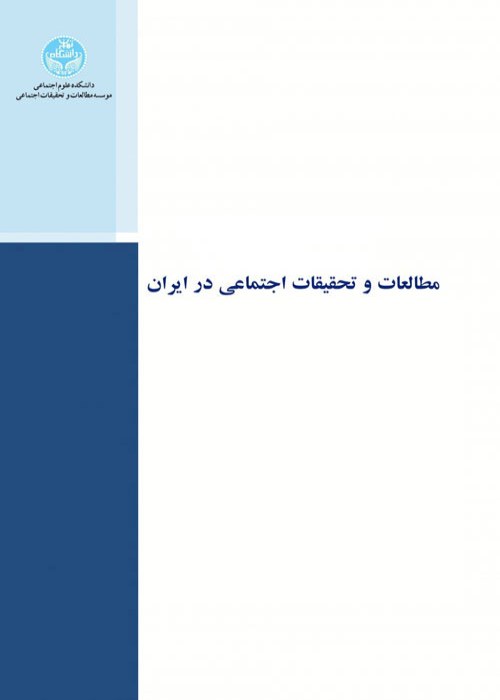Urban Subalternism and Resistance Tactics(Case Study: Subalterns in Sanandaj)
Subalternism conflicts within marginal areas and outside of them are primarily spatial in nature. Attempts to acquire space, whether for the purpose of building a house or settling in a location to earn a livelihood, will come into conflict with agents who seek to prevent the presence of the underprivileged in that location. Islamabad and Sayed Hossein Tappe in Sanandaj are the locations under study. These two communities are suitable for research due to the ongoing conflict between house builders and institutional brokers, the widespread and partial destruction of residential houses, the spatial and geographical expansion, and the lack of urban services relative to neighboring areas.Using purposeful and snowball sampling, 25 individuals were selected for semi-structured interviews with the poor (informal house builders and peddlers) in two neighborhoods of Islamabad and Sayed Hossein Tappe in Sanandaj.Institutional agents in the studied field utilize punitive power, interactive power, evasion and suspension traps, disruptions, and recognition inequalities to exert power over subalterns. In numerous instances, the urban poor are also attempting to resist institutional agents. In the collective form of resistance, discontent has been forced into public arenas and public official spaces via the suspension of social order, intelligent protest gatherings, sit-ins/civil disobedience, self-motivated leaders, and the use of protest poetry. Individual resistance is comprised of compromise, persuasion, verbal menace, and rebellion. In times of crisis, urban impoverished individuals attempt to alleviate the stresses of life by banding together. As a form of alternative culture, the diverse support of neighbors and acquaintances in the difficulties of daily life includes accompanying neighbors in social rituals and assisting in the construction of housing, providing temporary/permanent municipal services, verbal and emotional support, traditional and non-material cooperation of acquaintances, and secret use of municipal services.One of the earliest indicators of poverty is informal living and exclusion from government, structural, and official assistance. Since the lesser strata of society are not included in the official sphere, neither is the law’s protective umbrella extended to them. According to Scott (1985), the precarious conditions of Subalterns’ lives are such that we should not anticipate a political and open struggle; as a result, they have resorted to low-risk methods of dealing with subalterns
- حق عضویت دریافتی صرف حمایت از نشریات عضو و نگهداری، تکمیل و توسعه مگیران میشود.
- پرداخت حق اشتراک و دانلود مقالات اجازه بازنشر آن در سایر رسانههای چاپی و دیجیتال را به کاربر نمیدهد.



